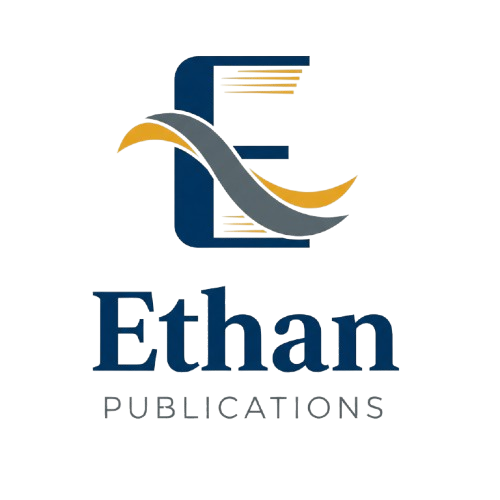BREAKING BARRIERS: A SYSTEMATIC REVIEW OF HYDROSURGERY AND VERSAJET® IN WOUND MANAGEMENT
Authors: Maria Soledad Rodriguez, Alejandro Torres Fernandez
Published: March 2024
Abstract
<p>Optimizing the wound bed is essential to facilitate effective reepithelialization by eliminating barriers that impede the healing process. These barriers encompass necrotic tissues, bacterial load, moisture imbalance, and the degradation of wound margins. Successful control of these impediments relies on the meticulous debridement of the ulcerated bed, making it a critical aspect of wound management. Traditionally, scalpel excision has been the established method for wound bed preparation. However, contemporary advancements have introduced alternative techniques that offer enhanced efficiency and safety. These include autolytic debridement, enzymatic debridement, mechanical debridement with negative pressure, and biological debridement using larvae. Despite their potential, the evidence supporting these new technologies remains limited, necessitating robust experimental designs to validate and consolidate initial observations. In this context, the hydrosurgery system, exemplified by Versajet®, has been in application for over two decades. This system operates based on the Venturi effect principle, a specialized application of Bernoulli's principle. As a well-established technology, Versajet® merits comprehensive exploration and evaluation to discern its efficacy in overcoming the barriers to wound healing. By delving into its mechanism of action and clinical applications, this abstract aims to contribute to the ongoing discourse on optimizing wound bed preparation and fostering a conducive environment for efficient reepithelialization</p>
Full Text
No full text available
Cite this Article
References
- No references available.
